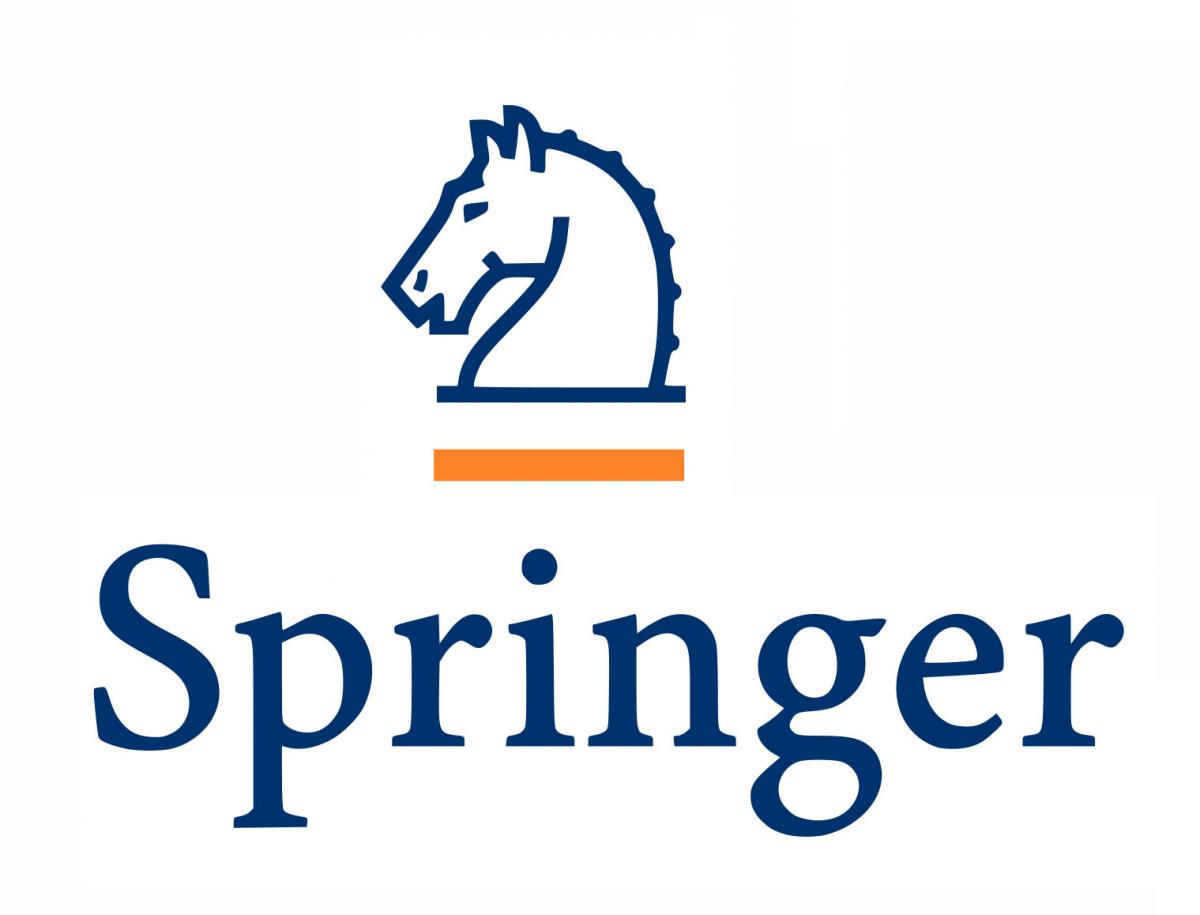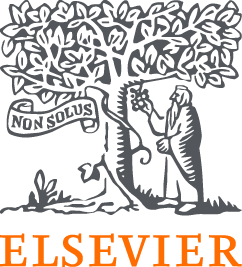Anh Tran, Sandia National Laboratories
Hojun Lim, Sandia National Laboratories
Philip Eisenlohr, Michigan State University
Marko Knezevic, University of New Hampshire
Coleman Alleman, Sandia National Laboratories
Robert Carson, Lawrence Livermore National Laboratory
Nicole Aragon, Sandia National Laboratories
Unraveling the process-structure-property relationship is one of the hallmarks of materials science across different materials systems. Accelerated by the Materials Genome Initiative, numerous integrated computational materials engineering (ICME) models have been proposed and developed over the last decade to reliably and efficiently predict the behavior and response of materials. With the advent of new advanced manufacturing techniques such as additive manufacturing, these ICME workflows are playing an even larger role. To that end, the crystal plasticity finite element method has been extensively used to investigate structure-property relationships. Within the broader field of crystal plasticity computational mechanics, we cordially invite submissions that are related to
- applications and enhancements of crystal plasticity computational mechanics in ICME contexts
- development, numerical verification, and experimental validation of constitutive models for crystal plasticity
- quantification of materials and microstructure variability, e.g. effects of crystallographic texture and grain/phase size distribution
- quantification of uncertainty in the structure-property relationship
- machine learning in crystal plasticity applications
- workflows of crystal plasticity methods for structure-property relationships











